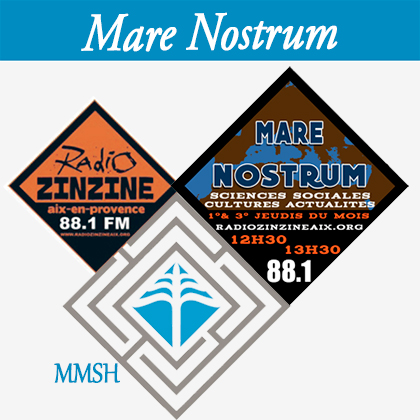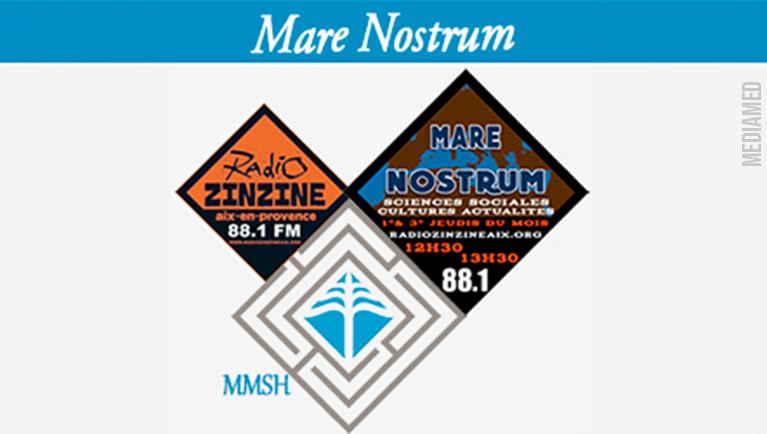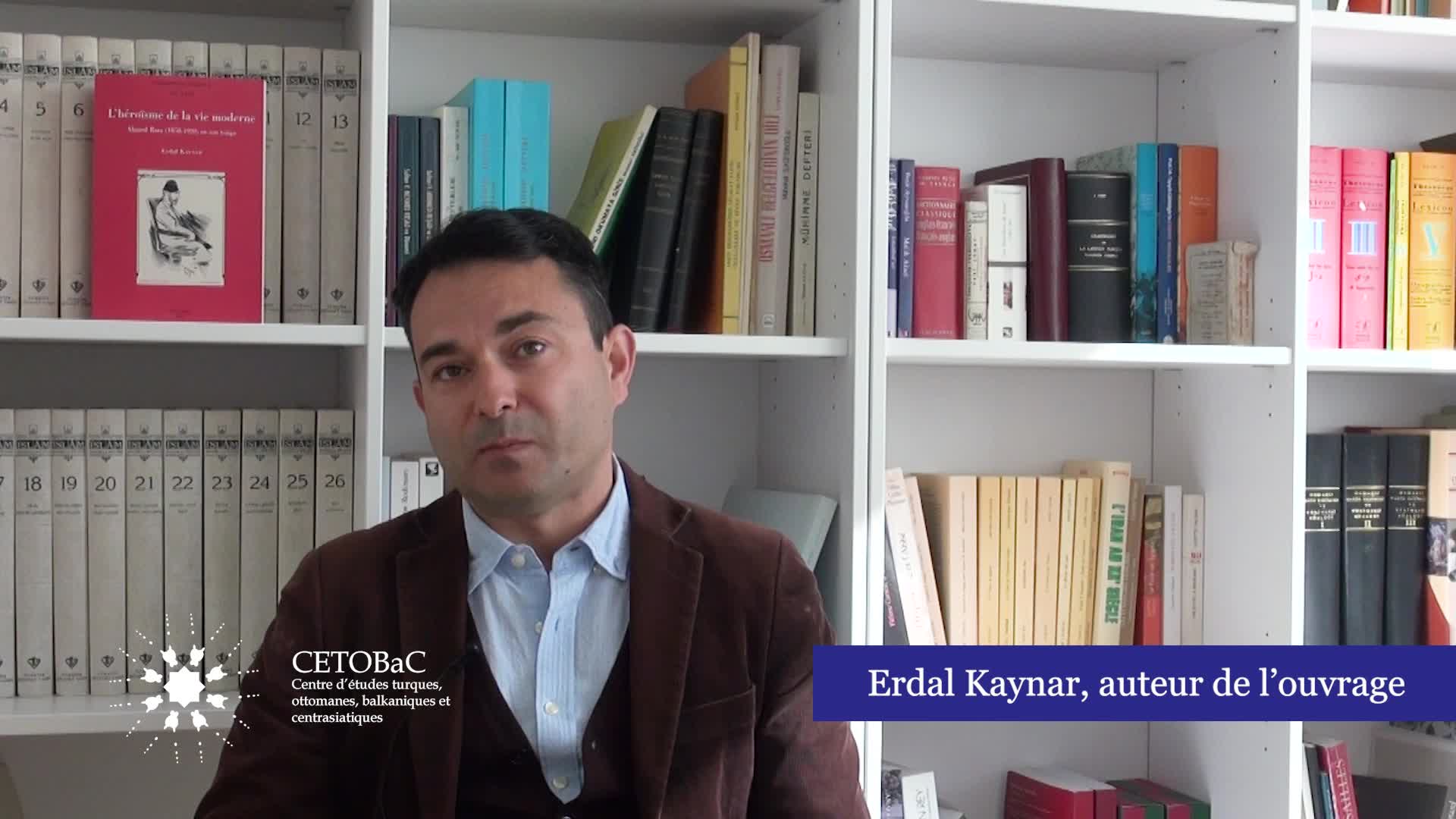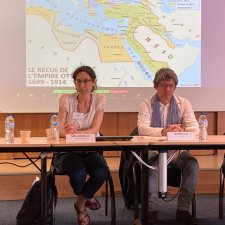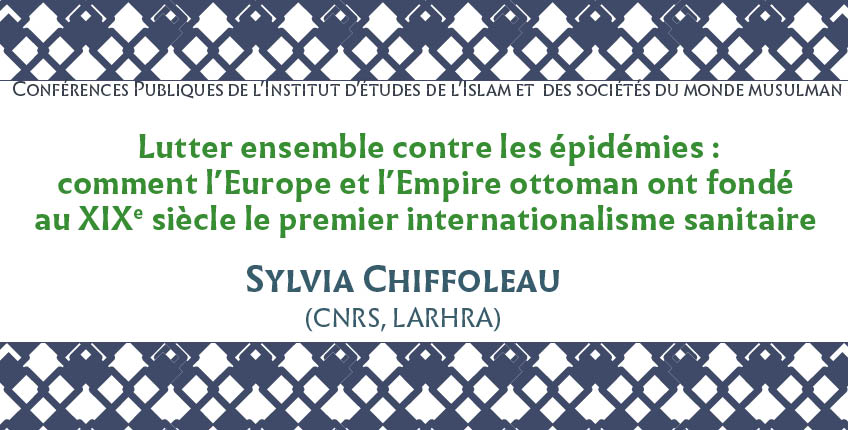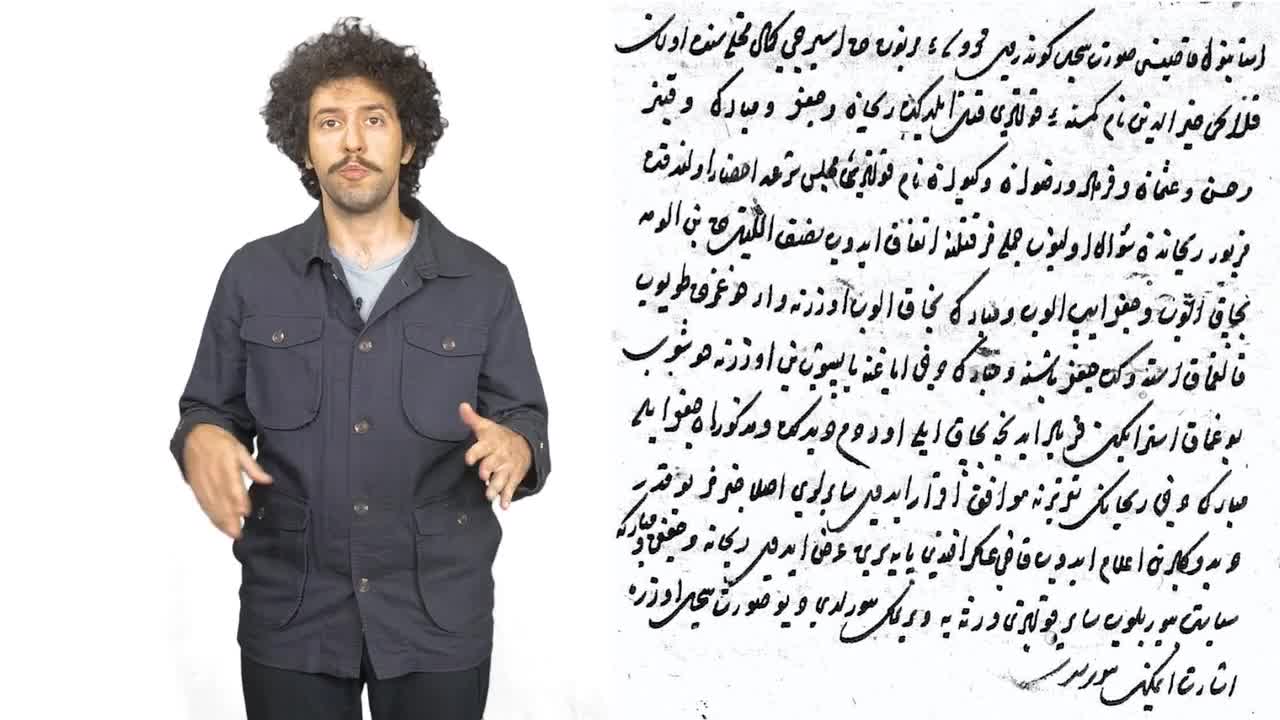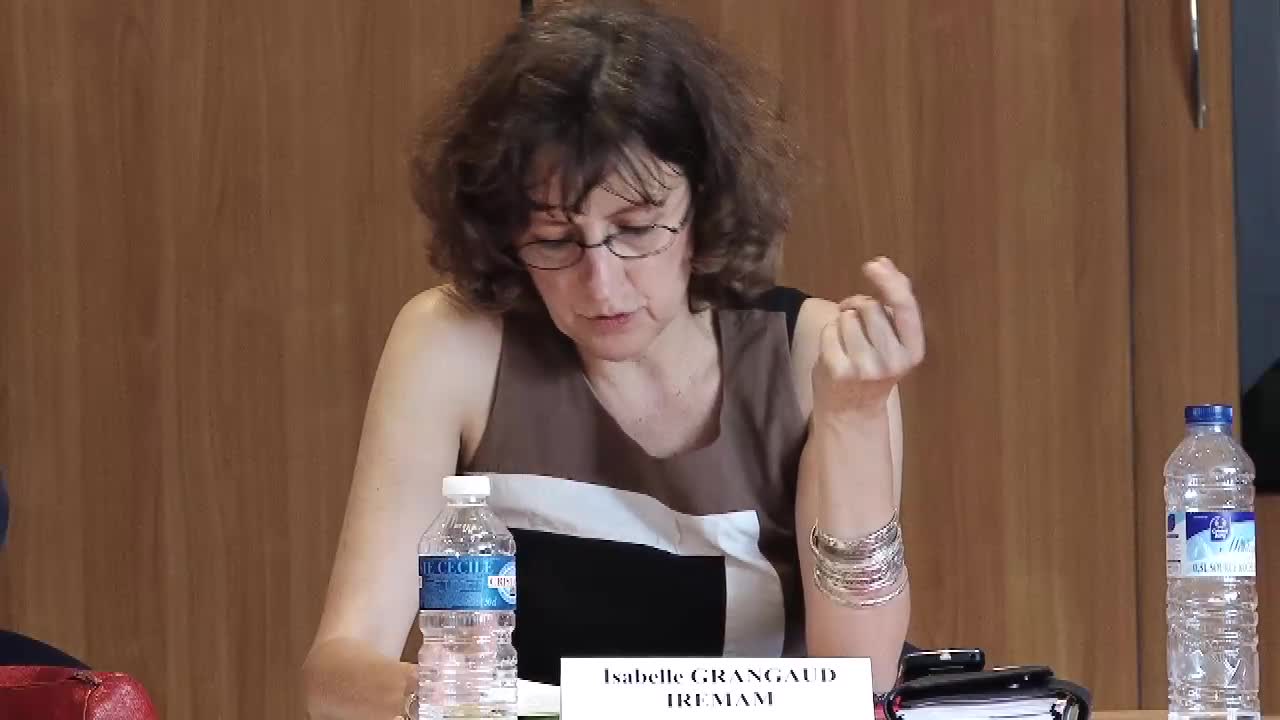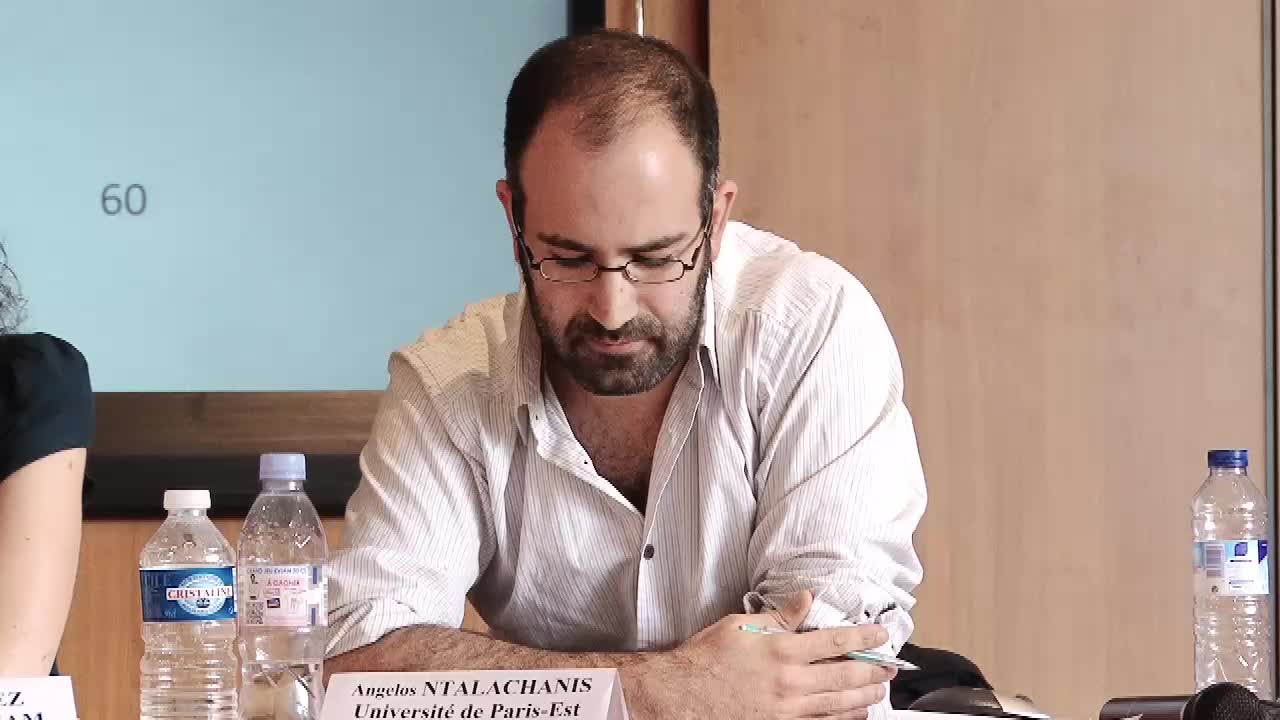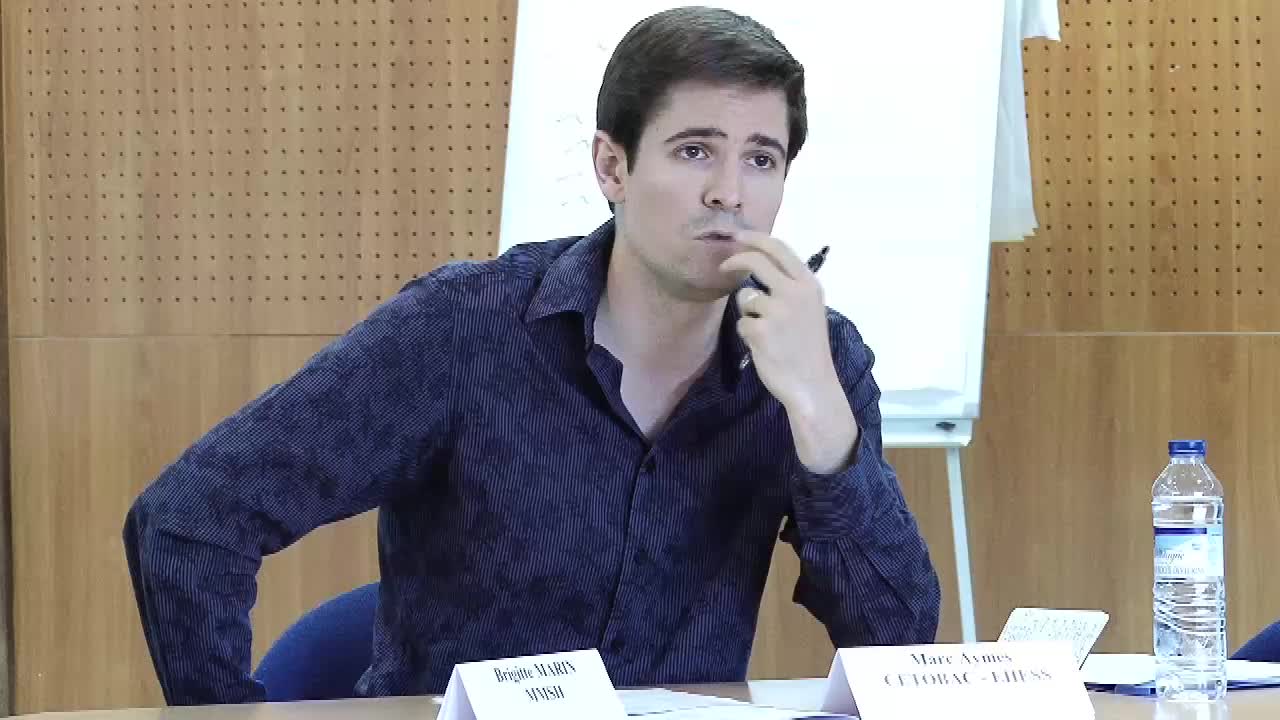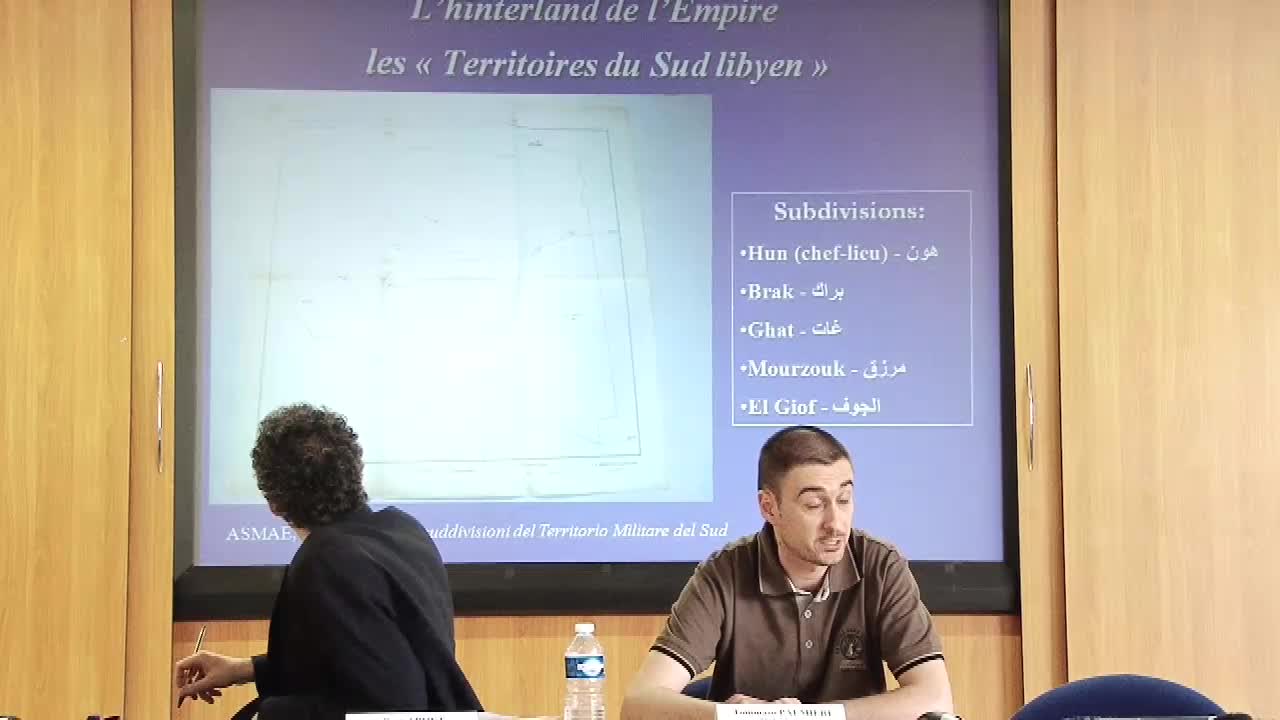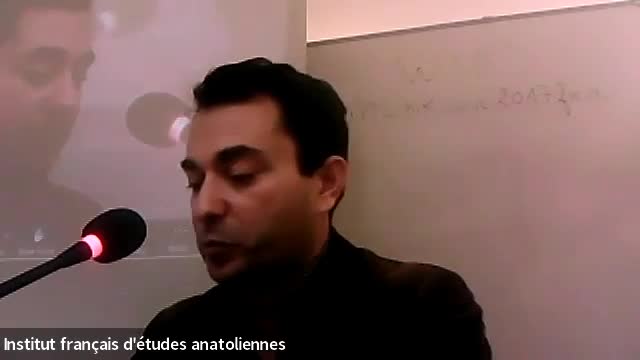Notice
Learning and teaching medical sciences between Ottoman reforms and Arab cultural renaissance : Dr Shakir al-Khoury (1847-1911) and his autobiography
- document 1 document 2 document 3
- niveau 1 niveau 2 niveau 3
Descriptif
The intellectual dynamics of the Tanzimat (Ottoman reforms) and Nahda (Arab cultural renaissance) that unfold over the nineteenth century have often been paralleled, nearly conflated into one modernizing trend. In many ways, the two movements had cumulative effects, encouraging the emergence of an educated class with a blend of cultural pride and fascination for the West, and an appetite for scientific novelty. It could be said, however, that the two movements, without actually competing ideologically the way Turkish and Arab nationalisms would in a later period, stressed different aspects of modernization, namely social engineering and identity politics respectively. The case of Dr Shaker al-Khoury illustrates these overlapping dynamics. A son of Mount Lebanon, he grew up, just ahead of the 1860 interdenominational conflict, to become a physician and a long-time professor at the French Medical Faculty founded by the Jesuits in Beirut. Where can we trace in his autobiography – in itself, a text typical of Ottoman modernity – the influence of the Tanzimat on the one side, of the Nahda on the other?
Dans la même collection
-
Les drogues végétales en Anatolie
MatAfifeJournée d'études : Les thérapeutiques dans l'Empire ottoman le mercredi 3 juin, de 9h15 à 17h15, à l'IFEA organisé par l'IFEA (Musa Çimen) avec les interventions de: Nuran Yıldırım (Prof. à
-
Remèdes et guérisons populaires décrits dans l'ouvrage de Mustafa Behçet Efendi
ÇimenMusaJournée d'études : les thérapeutiques dans l'Empire ottoman
-
Osmanlı eczacılığının gelişme sürecinde ilaç hazırlanışı ve şatış kontrolü
Journée d'études : Les thérapeutiques dans l'Empire ottoman le mercredi 3 juin, de 9h15 à 17h15, à l'IFEA organisé par l'IFEA (Musa Çimen) avec les interventions de: Nuran Yıldırım (Prof.
-
Mūmyā: Osmanlı Tıbbında Gündelik Bir İlacın İzini Sürmek
YerlioğluAkif ErcihanDans le cadre du séminaire « Sciences et savoirs dans l'Empire ottoman » Yüzyıllar boyunca Avrupalı hekimler, antik Mısır mumyalarının bedenlerinden alınan bölümlerin, yani mumyalamak için üzerine
-
Osmanlı İmparatorluğu'nda Tıpta Moderleşme
UlmanYeşim IşılDans le cadre du séminaire « Sciences et savoirs dans l'Empire ottoman » Le XIXe siècle a constitué une période de réforme pour la société ottomane dans son ensemble ; les efforts déterminés dans le
-
İnsan Onuru, İktidar ve Siyaset: Osmanlı İmparatorluğu’nda Ceza Hukuku Reformu ve İşkence Yasağı
Kalkanİbrahim Halildans le cadre du séminaire "Sciences et savoirs dans l'Empire ottoman" On dokuzuncu yüzyılın ortalarında, Osmanlı ceza hukukunda, bir cezalandırma pratiği ve yasal kanıt üretme yöntemi olarak
-
İmparatorluk Demiryolları'nda Tren Kazaları 1858-1908
KaratepeŞahikaDans le cadre du séminaire « Sciences et savoirs dans l'Empire ottoman » 19.yüzyılın ikinci yarısından itibaren İmparatorluk sınırları içerisinde inşa edilmeye başlanan demiryolları ve çevresinde
-
Fatma Öncel - Osmanlı'da toprak ve malumat: Teselya 1780-1880
ÖncelFatmaOsmanlı kırsalı hakkında devletin bilgi toplama teknikleri, 18. yüzyılın sonundan 19. yüzyılın sonuna kadar ciddi bir dönüşüm geçirmiştir. Günümüz tarihçiliğinin odak noktasında olan Tanzimat sonrası
-
Ameli Elektrik Dergisi: Dersaadet Elektrik ve Tramway Şirketleri Tarafından Neşrolunan Bir Mecmua
İleriNurçinİstanbul’un elektriğini büyük ölçüde sağlaması beklenen Silahtarağa Elektrik Fabrikası uzun süren savaş döneminden sonra 1920’lerde elektrik üretimini arttırmış ve elektrik İstanbul tramwayları
-
The Novel from Commodity to Technology: Producing and Consuming Prose Fiction in the Late Ottoman E…
CharrièreEtienne E.When we discuss the development of a culture of the novel in the late Ottoman Empire, it appears crucial to emphasize that the emergence of this particular genre in the largest urban centers of
-
İstanbul'da Bikes ve Bimesken Kadınlar için bir Hastane: Haseki Nisa HastanesiA place in Istanbul f…
GürselZeynep DevrimHaseki Hospital is one of the fundamentals of Ottoman health institutions with its past of more than 450 years. In the early part of the nineteenth century this hospital will be treated in the
Sur le même thème
-
Les relations entre la République de Venise et l’Empire ottoman (1453/1517)
GuénaPaulineLa République de Venise et l’Empire ottoman ont entretenu des relations privilégiées entre le XVe et le XVIe siècles, dans des domaines très divers, le commerce, la diplomatie, la gestion des
-
Les femmes dans l'Empire ottoman
DumasJulietteDans la société de cour de l’Empire ottoman les femmes qui font partie de l’élite jouent un rôle important. Du fait de la proximité du pouvoir et de leurs positions hiérarchiques, elles exercent une
-
Interview avec Erdal Kaynar
KaynarErdalErdal Kaynar est spécialiste de l’Empire ottoman et maître de conférences en histoire contemporaine à la Faculté des Sciences Historiques de l’Université de Strasbourg.
-
Odessa-Istanbul-Jaffa. Trajectoires et paradoxes de l'immigration juive en Palestine ottomane (1881…
Seri-HerschIrisCommunication dans le cadre de la table-ronde : Détroits et passages « Dedans / Dehors » « GlobalMed – La Méditerranée et le monde de la Préhistoire à nos jours. Approches interdisciplinaires et
-
Le commerce des esclaves dans l’Empire ottoman ( XVe-XVIIe siècles)
ÖzkorayHayri GökşinDepuis la plus haute Antiquité, l’esclavage fait partie intégrante du fonctionnement des sociétés ; les esclaves se définissent comme des gens d’ailleurs, étrangers, qui sont la propriété d’un maître,
-
« Lutter ensemble contre les épidémies : comment l’Europe et l’Empire ottoman ont fondé au XIXe siè…
ChiffoleauSylviaSylvia Chiffoleau, « Lutter ensemble contre les épidémies : comment l’Europe et l’Empire ottoman ont fondé au XIXe siècle le premier internationalisme sanitaire », mardi 6 avril 2021.
-
L'esclavage en Méditerranée ottomane
ÖzkorayHayri GökşinL’État ottoman est une puissance politique qui émerge au XIVe en Anatolie occidentale pour devenir un empire méditerranéen au XVe siècle, notamment aux dépens de Byzance, Venise, des Mamelouks, et de
-
La conquête du bayt al-mal : les transformations d’une institution ottomane à Alger entre 1830-1860
GrangaudIsabellePanel 3 : Transmissions impériales : le cas des successions Dire et écrire le pouvoir impérial en Méditerranée, XIXe-XXe siècles Journée d’études organisée le 8 juin 2012 de 9h à 18h, MMSH -
-
Du multilinguisme « cosmopolite » à l’option arabe : stratégies linguistiques et redéfinition de l…
ΝταλαχάνηςΆγγελοςPanel 2 : Éducation et enseignement, entre savoirs locaux et logiques impériales Dire et écrire le pouvoir impérial en Méditerranée, XIXe-XXe siècles Journée d’études organisée le 8 juin 2012 de
-
Gouverner au jugé : une expérience du « condominium » provincial ottoman
AymesMarcPanel 1 : Mots d’ordre et ordre des mots : à la recherche d’une grammaire impériale Dire et écrire le pouvoir impérial en Méditerranée, XIXe-XXe siècles Journée d’études organisée le 8 juin 2012
-
Les « territoires militaires » du Fezzan libyen : un exemple de langage colonial « successif »
PalmieriTommasoSéance 1 : Mots d’ordre et ordre des mots : à la recherche d’une grammaire impériale Dire et écrire le pouvoir impérial en Méditerranée, XIXe-XXe siècles Journée d’études organisée le 8 juin 2012
-
La nation contre le sultan. Sur les origines intellectuelles de la révolution constitutionnelle ott…
KaynarErdalErdal Kaynar, Université de Strasbourg Séance modérée par Denis Hermann (IFEA)














